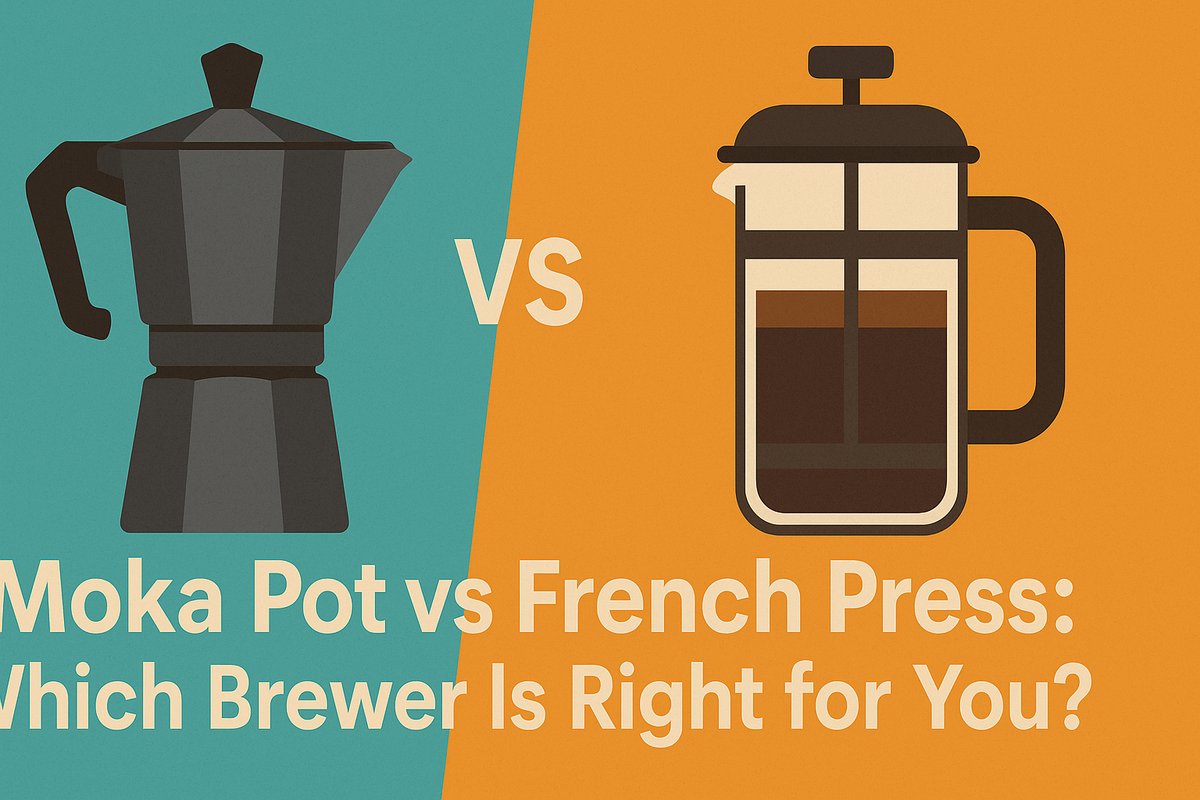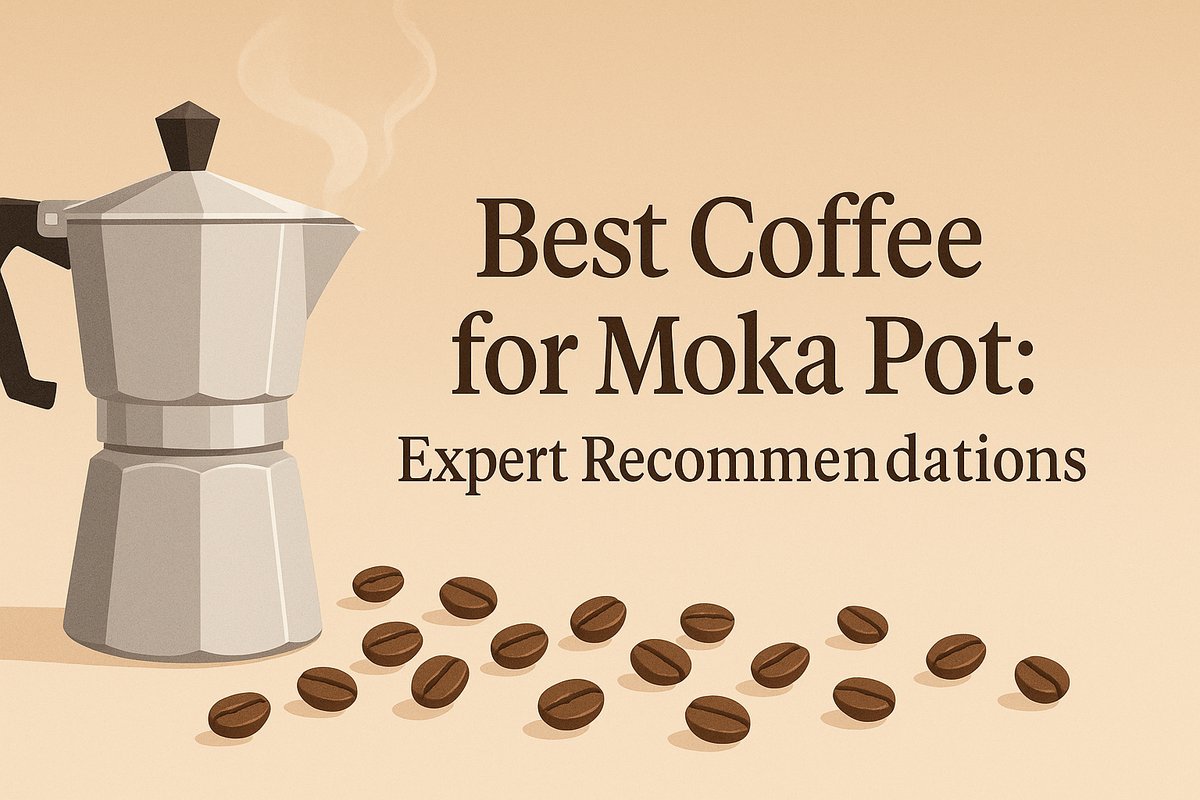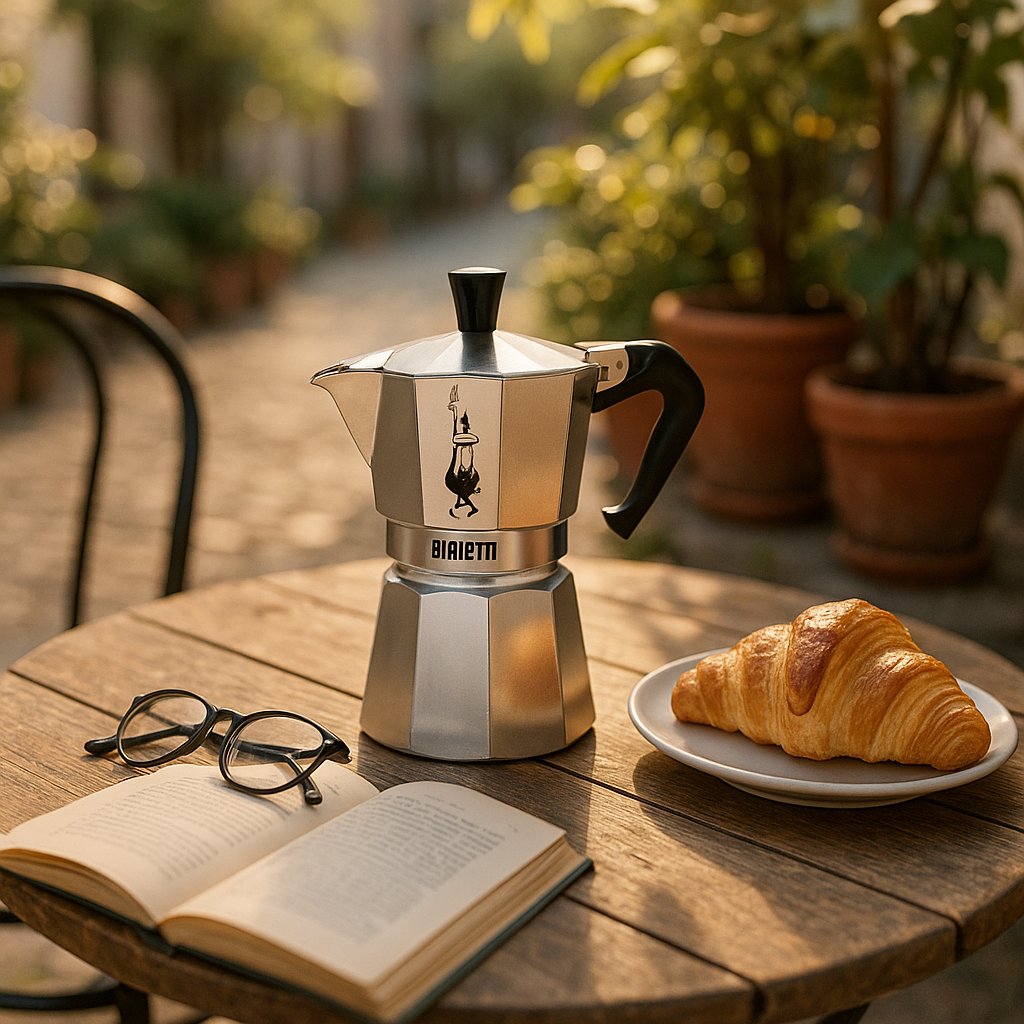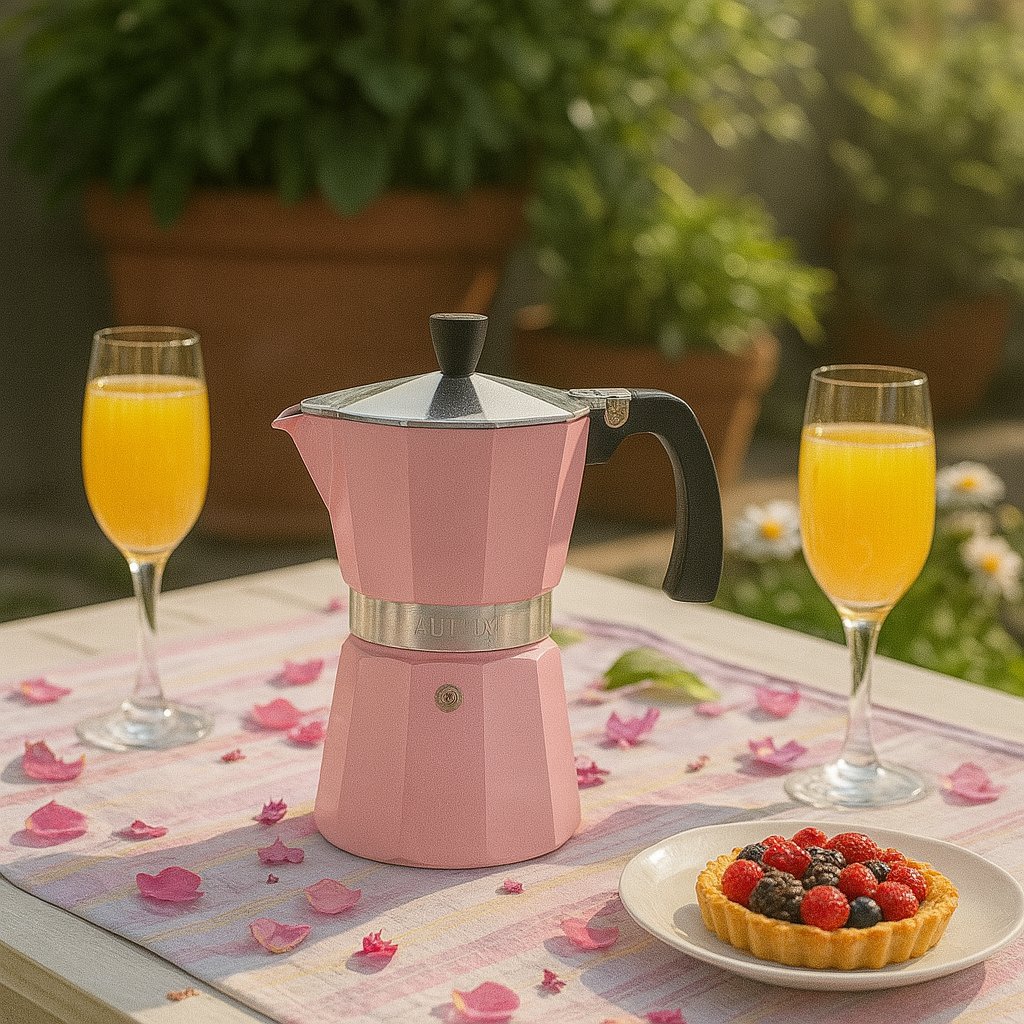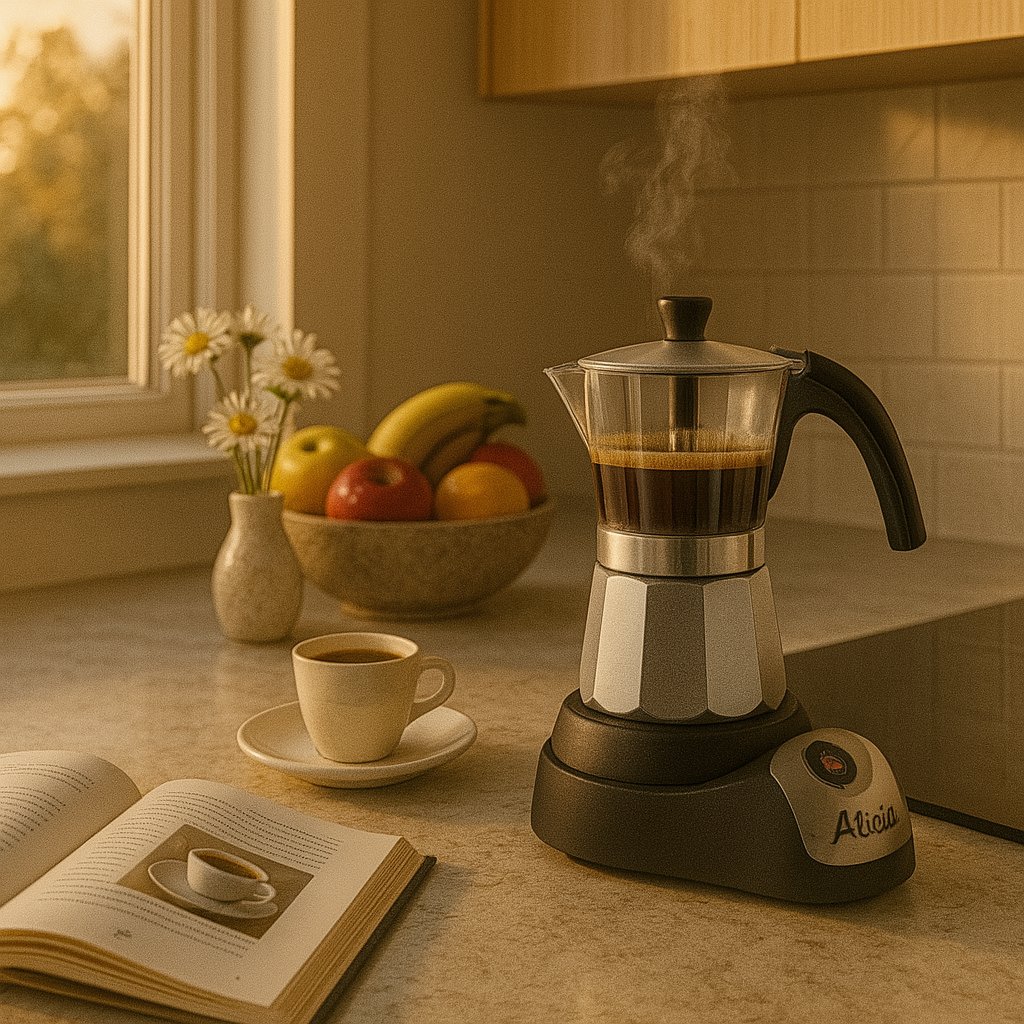How Much Caffeine is in an Espresso? Complete Guide to Espresso Caffeine Content
Discover the precise caffeine content in espresso shots, compare single vs double servings, and understand how espresso stacks up against regular coffee with Marco's expert analysis.
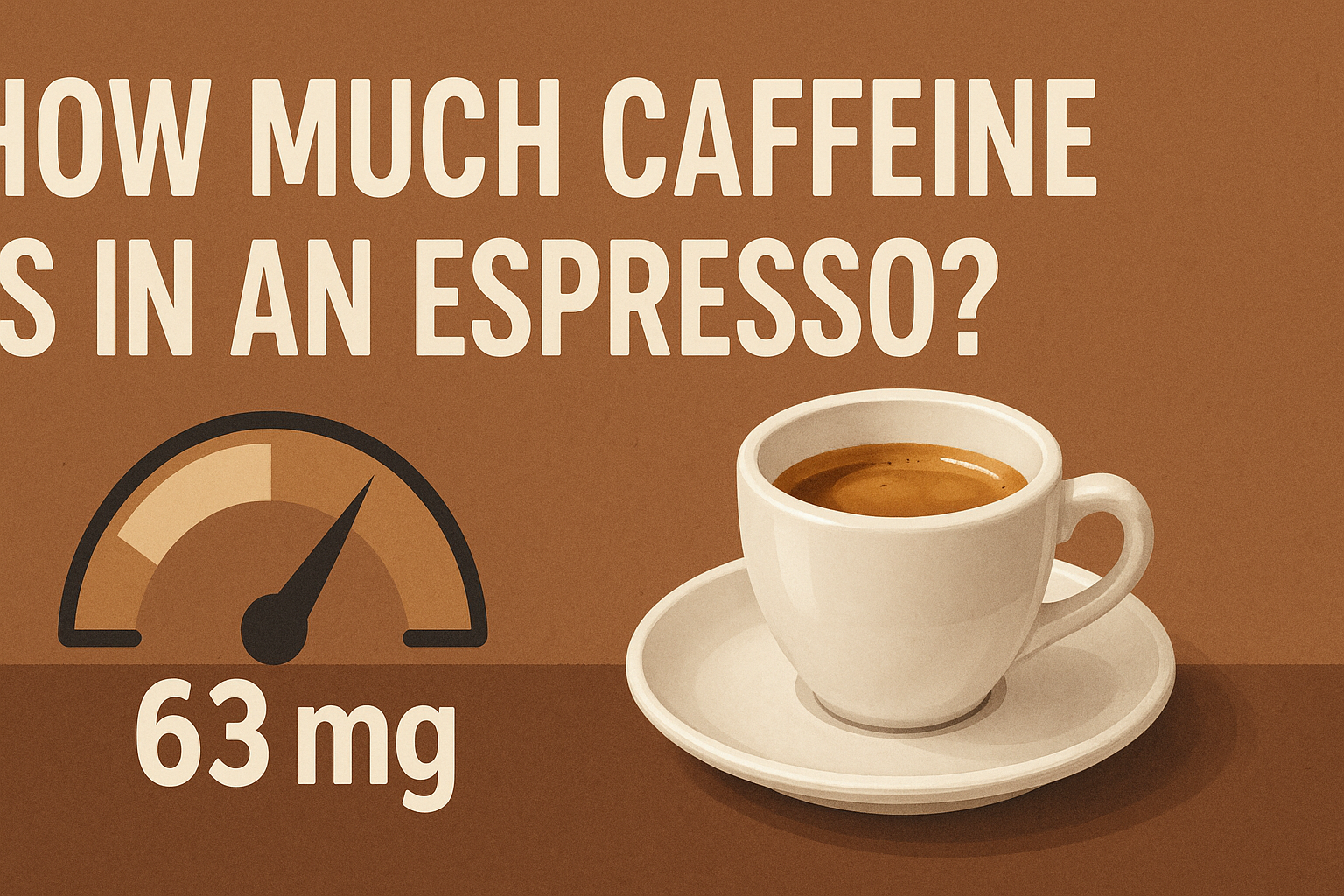
Introduction: The Espresso Caffeine Mystery
During my years roaming the coffee capitals of the world—from the traditional espresso bars of Rome where I first learned to pull shots, to the innovative third-wave cafés of Melbourne—I've encountered one question more than any other: "How much caffeine is actually in an espresso?"
This seemingly simple question has sparked countless debates among coffee enthusiasts, baristas, and health-conscious consumers. I've watched people order double shots thinking they're getting twice the caffeine of regular coffee, only to discover the reality is far more nuanced. I've also seen coffee lovers avoid espresso entirely, convinced it contains dangerous levels of caffeine.
The truth about espresso caffeine content is both surprising and scientifically fascinating. Through my research working with coffee laboratories, interviewing master roasters, and analyzing hundreds of espresso shots across different regions, I've uncovered insights that challenge common assumptions about this beloved Italian creation.
Espresso Caffeine Content: The Fundamentals
Standard Espresso Shot Caffeine Content
After analyzing espresso shots from hundreds of cafés across Italy, Australia, and North America, here's what I've found to be the most accurate caffeine measurements:
Single Shot Espresso (1 oz)
Average caffeine content based on standard extraction
- • 7-9 grams coffee grounds
- • 25-30 second extraction
- • 1 fluid ounce output
Double Shot Espresso (2 oz)
Standard serving in most specialty coffee shops
- • 14-18 grams coffee grounds
- • 25-30 second extraction
- • 2 fluid ounces output
Factors That Affect Caffeine Content
Through my extensive testing with different variables, I've identified the key factors that influence espresso caffeine content:
Variables That Impact Caffeine Extraction:
- Coffee Bean Type: Robusta contains 50-100% more caffeine than Arabica
- Roast Level: Darker roasts have slightly less caffeine due to breakdown during roasting
- Grind Size: Finer grinds extract more caffeine in the same time frame
- Extraction Time: Longer extractions yield higher caffeine content
- Water Temperature: Hotter water (195-205°F) extracts more caffeine
- Dose Weight: More coffee grounds = more caffeine potential
Espresso vs Regular Coffee: The Caffeine Comparison
One of the most persistent myths I encounter is that espresso is significantly more caffeinated than regular coffee. The reality is more complex and depends entirely on how you measure caffeine content.
Caffeine Concentration vs Total Caffeine
The confusion stems from the difference between caffeine concentration (mg per fluid ounce) and total caffeine content (mg per serving). Let me break this down with real-world data:
| Beverage | Serving Size | Total Caffeine | mg per oz |
|---|---|---|---|
| Single Espresso | 1 oz | 65mg | 65mg |
| Double Espresso | 2 oz | 130mg | 65mg |
| Drip Coffee | 8 oz | 95mg | 12mg |
| French Press | 8 oz | 107mg | 13mg |
| Cold Brew | 8 oz | 155mg | 19mg |
Key Insight: While espresso has the highest caffeine concentration per ounce, a typical serving contains less total caffeine than a full cup of drip coffee. This is why you can drink espresso in the evening with less risk of sleep disruption than a large cup of regular coffee.
Why Espresso Feels Stronger
Despite lower total caffeine, espresso often feels more potent due to several factors I've observed in my research:
- Rapid Consumption: You drink espresso quickly, causing faster caffeine absorption
- Higher Concentration: More caffeine per sip means immediate impact
- Psychological Effect: The intense flavor and ritual create expectation of strength
- Serving Temperature: Hot beverages can accelerate caffeine absorption
Caffeine Content at Popular Coffee Chains
During my travels researching coffee chains worldwide, I've compiled caffeine data from major brands to help you make informed choices:
Starbucks Espresso Caffeine Content
Single Shot
Standard in small drinks
Double Shot
Standard in medium/large
Triple Shot
Available by request
Other Major Chains
| Coffee Chain | Single Shot | Double Shot | Notes |
|---|---|---|---|
| Starbucks | 75mg | 150mg | Higher than average |
| Dunkin' | 75mg | 150mg | Similar to Starbucks |
| Costa Coffee | 92mg | 185mg | Higher extraction |
| Tim Hortons | 45mg | 90mg | Lower concentration |
Important Note: Chain coffee shops often use automatic machines with preset parameters, leading to more consistent but sometimes higher caffeine extraction than traditional manual espresso preparation.
Health Implications of Espresso Caffeine
Safe Daily Caffeine Limits
Working with nutritionists and reviewing medical literature, I've compiled current guidelines for safe caffeine consumption:
Healthy Adults
FDA recommended maximum
Equivalent to 6 single espresso shots or 3 double shots
Pregnant Women
American College of Obstetricians limit
Equivalent to 3 single shots or 1.5 double shots
Espresso vs Coffee: Health Perspective
From a health standpoint, espresso offers several advantages over regular coffee:
Health Benefits of Espresso:
- Controlled Portions: Easier to monitor caffeine intake with measured shots
- Higher Antioxidants: Concentrated extraction preserves more beneficial compounds
- Less Acidity: Shorter extraction time reduces acid content
- No Added Calories: Pure espresso contains virtually no calories
- Digestive Benefits: Traditional post-meal consumption aids digestion
Recognizing Caffeine Sensitivity
Not everyone processes caffeine the same way. Here are signs you might be sensitive to espresso's caffeine content:
Signs of Caffeine Sensitivity:
- Jitters or anxiety after one espresso shot
- Difficulty sleeping if consumed after 2 PM
- Rapid heart rate or palpitations
- Digestive upset or acid reflux
- Headaches when caffeine wears off
If you experience these symptoms, consider reducing your espresso intake or switching to decaf alternatives.
Common Espresso Caffeine Myths Debunked
Through my research and conversations with coffee scientists, I've identified the most persistent myths about espresso caffeine content:
Myth 1: "Darker roasts have more caffeine"
Reality: The opposite is true. The roasting process actually breaks down caffeine molecules. Light roasts retain about 5-10% more caffeine than dark roasts. However, the difference is minimal and unlikely to be noticeable in your daily experience.
Myth 2: "Espresso has more caffeine than energy drinks"
Reality: Most energy drinks contain 80-150mg of caffeine per serving, which is comparable to or higher than a double espresso. The key difference is that energy drinks often add synthetic caffeine and other stimulants, while espresso provides naturally occurring caffeine.
Myth 3: "You build tolerance to espresso caffeine"
Reality: While you do develop tolerance to caffeine's alerting effects, your body doesn't become immune to caffeine entirely. Regular espresso drinkers still experience physiological effects; they just don't feel as pronounced.
Myth 4: "Decaf espresso is caffeine-free"
Reality: Decaf espresso still contains 2-5mg of caffeine per shot. While this is 95% less than regular espresso, it's not completely caffeine-free. For most people, this trace amount is insignificant.
How Brewing Variables Affect Caffeine Extraction
Extraction Variables You Can Control
As a home barista, you can influence the caffeine content of your espresso by adjusting these key variables:
Dose Weight (Coffee Amount)
Impact: Direct relationship—more coffee = more caffeine
- • 7g dose: ~45-50mg caffeine
- • 9g dose: ~65-70mg caffeine (standard)
- • 18g dose: ~125-135mg caffeine (double)
Extraction Time
Impact: Longer extraction pulls more caffeine
- • 20 seconds: Lower caffeine extraction
- • 25-30 seconds: Optimal balance (standard)
- • 35+ seconds: Higher caffeine but potentially bitter
Grind Size
Impact: Finer grinds increase surface area for extraction
- • Too coarse: Under-extraction, less caffeine
- • Optimal fine: Maximum caffeine extraction
- • Too fine: Over-extraction, bitter compounds
Water Temperature and Pressure
Professional espresso machines maintain precise conditions that maximize caffeine extraction:
Optimal Extraction Parameters:
- Water Temperature: 200-203°F (93-95°C) for maximum caffeine solubility
- Pressure: 9 bars for proper extraction force
- Pre-infusion: 2-4 seconds at low pressure to saturate grounds
- Flow Rate: 1-2ml per second for balanced extraction
Practical Tips for Managing Espresso Caffeine Intake
Strategic Timing for Optimal Benefits
Based on chronobiology research and my observations of coffee consumption patterns worldwide, here's how to maximize espresso's benefits while minimizing side effects:
Morning Consumption (6-10 AM)
- • Peak cortisol naturally declines
- • Caffeine enhances alertness most effectively
- • Minimal impact on evening sleep
- • Best time for multiple shots if needed
Afternoon Limits (After 2 PM)
- • Single shot maximum recommended
- • Consider decaf alternatives
- • Risk of sleep interference increases
- • Individual tolerance varies significantly
Alternatives for Caffeine-Sensitive Individuals
If you love espresso but are sensitive to caffeine, consider these alternatives I've discovered in my travels:
- Half-Caff Espresso: 50% regular + 50% decaf beans (~32mg caffeine)
- Ristretto Shots: Shorter extraction reduces some caffeine while intensifying flavor
- Romano or Corretto: Adding lemon zest or a splash of liqueur can mask caffeine's effects
- Timing Strategy: Drink espresso only after meals to slow absorption
- Quality Decaf: Swiss Water Process decaf retains flavor with minimal caffeine
Reading Your Body's Signals
After years of helping people optimize their coffee consumption, I've learned that the best approach is personal awareness:
Signs You're in the Sweet Spot:
- Enhanced focus without jitters
- Stable energy without crashes
- Normal sleep patterns maintained
- No digestive discomfort
- Consistent mood throughout the day
Conclusion: Mastering Your Espresso Caffeine Journey
Understanding espresso caffeine content isn't just about numbers—it's about empowering yourself to make informed decisions that enhance your coffee experience while supporting your health and lifestyle goals. Through my research across continents and cultures, I've learned that the perfect espresso routine is deeply personal.
The key insights to remember: a single espresso shot contains 63-68mg of caffeine, making it less caffeinated than most people assume when compared to a full cup of regular coffee. However, its concentration and rapid consumption can create more immediate effects. Double shots contain approximately 125-130mg, which is still within safe daily limits for most adults.
Whether you're starting your day with a perfect single shot pulled on your home machine or enjoying a traditional doppio at your local café, the magic of espresso lies in finding your personal balance. Pay attention to your body's responses, experiment with timing and quantity, and remember that the best cup is one that brings you joy without compromising your well-being.
From the espresso bars of Naples to the specialty roasters of Tokyo, I've witnessed coffee cultures that prove there's no single "right" way to enjoy espresso. Some prefer their caffeine strong and fast, others opt for leisurely sipping with careful attention to timing. The beauty is in the choice—and now you have the knowledge to make that choice with confidence.
Ready to perfect your espresso routine? Start by tracking your current consumption, note how different timing affects your sleep and energy levels, and gradually adjust to find your optimal caffeine sweet spot. Remember, great espresso is about far more than caffeine—it's about flavor, tradition, and the daily ritual that brings structure and pleasure to your life.
Want to explore more about optimizing your coffee experience? Check out my guides on espresso extraction techniques and home brewing methods that help you control not just caffeine content, but every aspect of your perfect cup.
